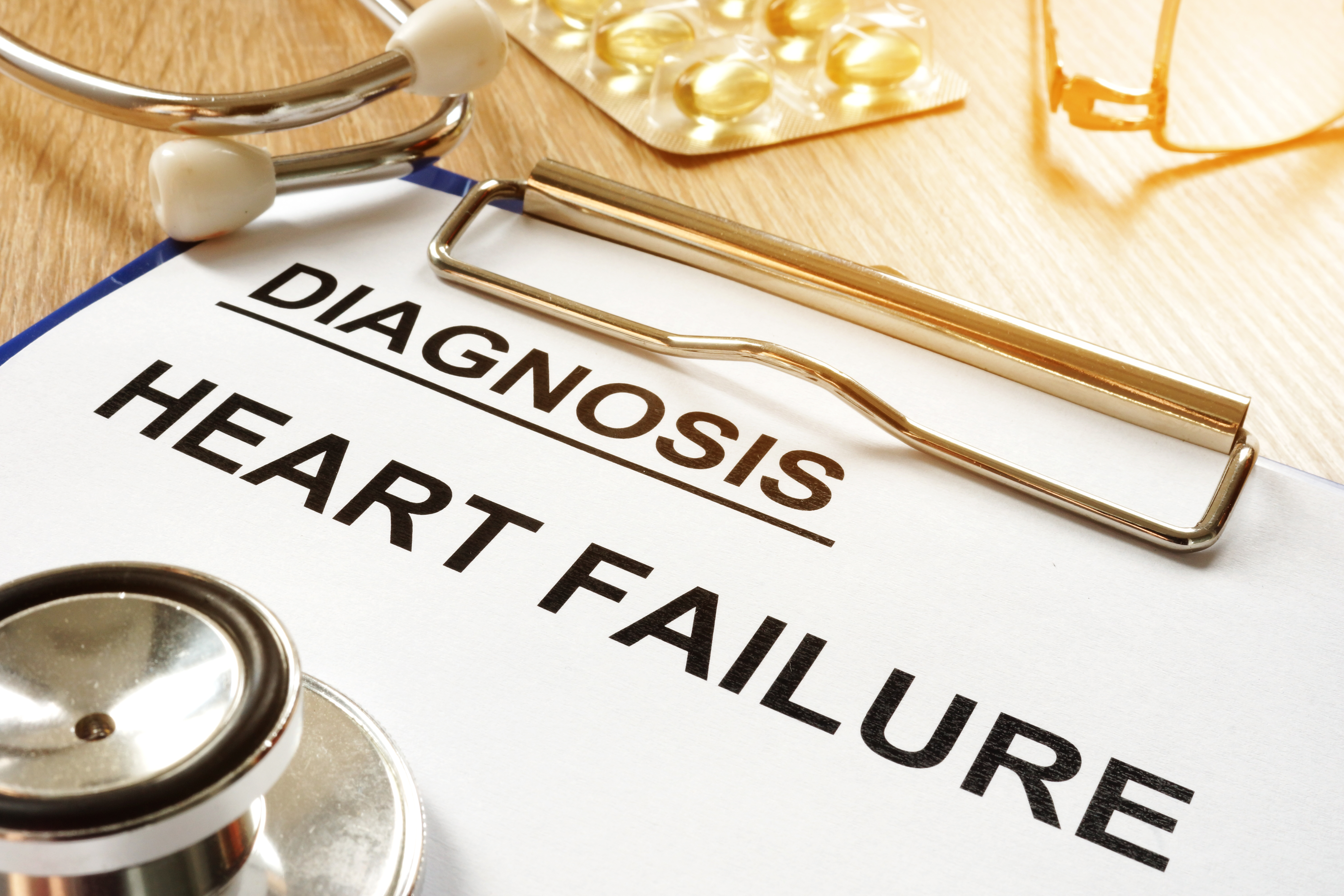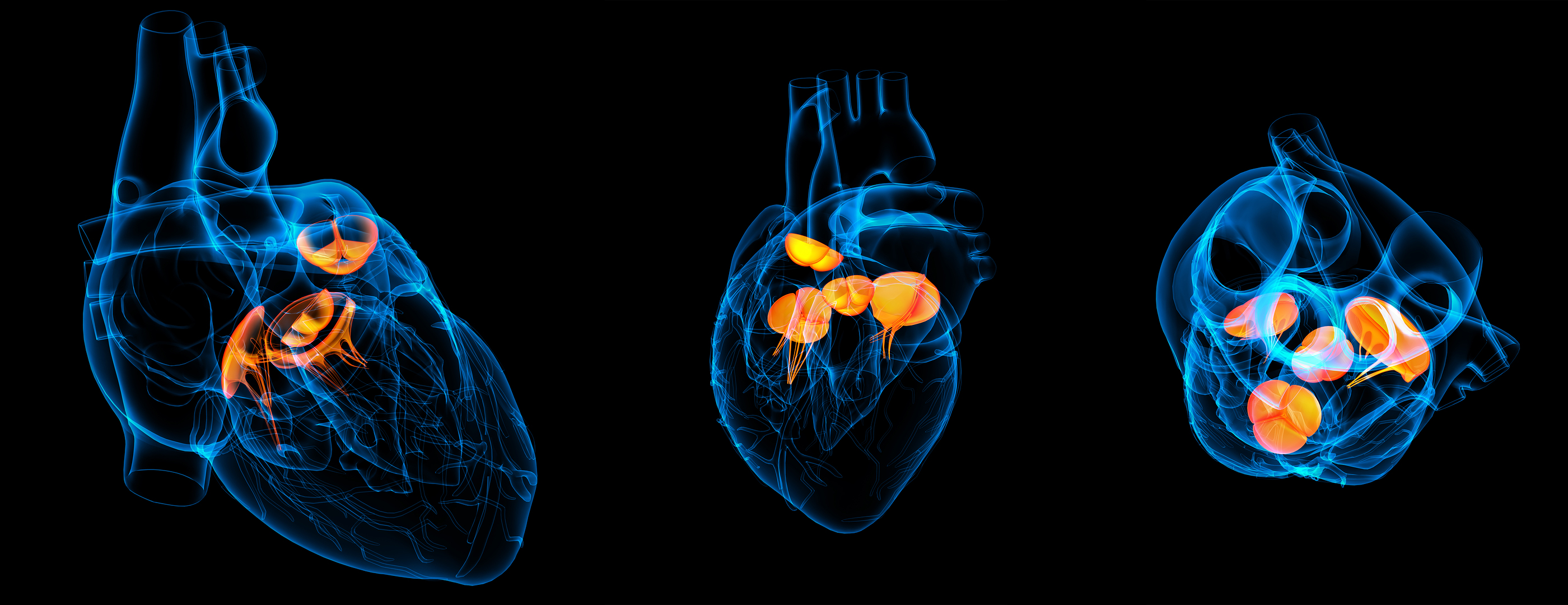Key Points:
- In the ABYSS trial, 3700 patients who had a left ventricular ejection fraction ≥ 40% and were > 6 months post myocardial infarction were randomized to receive beta blocker continuation vs. beta blocker interruption
- The authors found higher rates of the primary endpoint, the composite of death, MI, stroke and cardiovascular hospitalization, among patients who had interruption of their beta blocker, especially if those individuals had a history of hypertension
- Beta blocker interruption had no impact on quality of life and not surprisingly, resulted in higher blood pressures and heart rates
Beta blocker therapy was previously considered a cornerstone of treatment of acute myocardial infarction, regardless of an individual’s left ventricular ejection fraction (LVEF) after angioplasty. However, recent studies, including the REDUCE-AMI trial published in NEJM earlier this year, have called this recommendation into question. In the REDUCE-AMI trial, individuals with a history of acute myocardial infarction and normal LVEF were randomized to receive long-term beta blocker vs. no beta blocker. The authors found no difference in the primary endpoint – death from any cause or new myocardial infarction—between the two groups.
In the ABYSS trial, 3700 post-myocardial infarction patients who had a normal left ventricular ejection fraction (≥ 40%) and were > 6 months from their acute event were randomized to beta blocker continuation versus beta blocker interruption. This was a non-inferiority trial that was conducted at 49 sites in France between August 2018 and September 2022. The primary endpoint – death, MI, stroke and cardiovascular hospitalization – was evaluated for one to five years. In an intention-to-treat-analysis, the hazard ratio for the composite outcome was 1.16 (95% CI: 1.01-1.33, p = 0.44 for non-inferiority). There was a 23.8% rate of the primary outcome in the beta blocker interruption arm compared to a 21.1% rate in the beta blocker continuation arm. The authors also evaluated the secondary endpoints of quality of life and the composite of death, MI, stroke, and hospitalization for heart failure and found no difference between the two groups in either of these secondary endpoints. Not surprisingly, at 6 months post randomization, individuals in the beta blocker interruption group had higher blood pressures and higher resting heart rates than those in the continuation group. In the subgroup of 42% of patients who had hypertension, there was an 18% increased risk of the primary outcome among those who interrupted their beta blocker (HR: 1.18, 95% CI: 1.01-1.36, p < 0.03).
The authors concluded that the ABYSS trial did not demonstrate the safety of beta blocker interruption in patients with preserved ejection fraction due to higher rates of hospitalization, especially in patients with hypertension. In additional, beta blocker discontinuation did not have any impact on individual quality of life. Given the differences in outcomes observed between the REDUCE-AMI and ABYSS trials, it will be important for future studies to further evaluate exactly who benefits from beta blocker therapy after myocardial infarction and for how long therapy should be continued.




